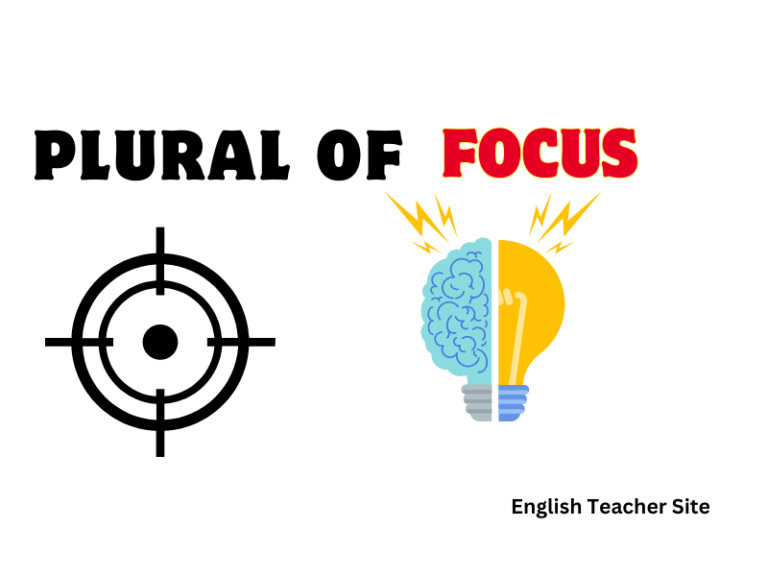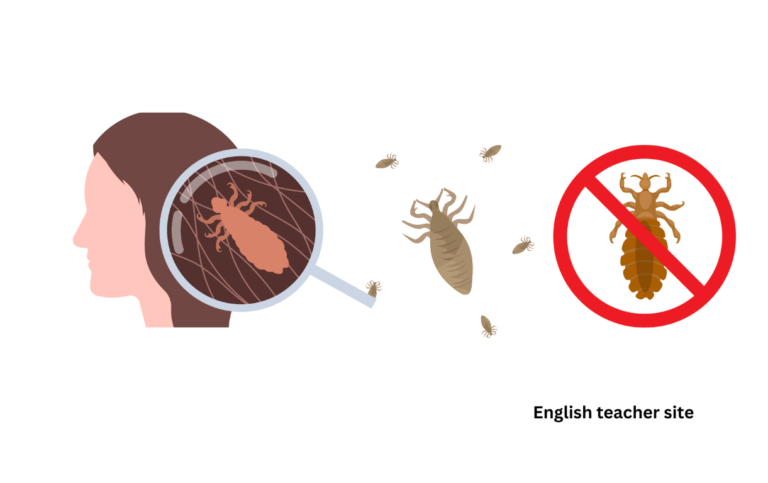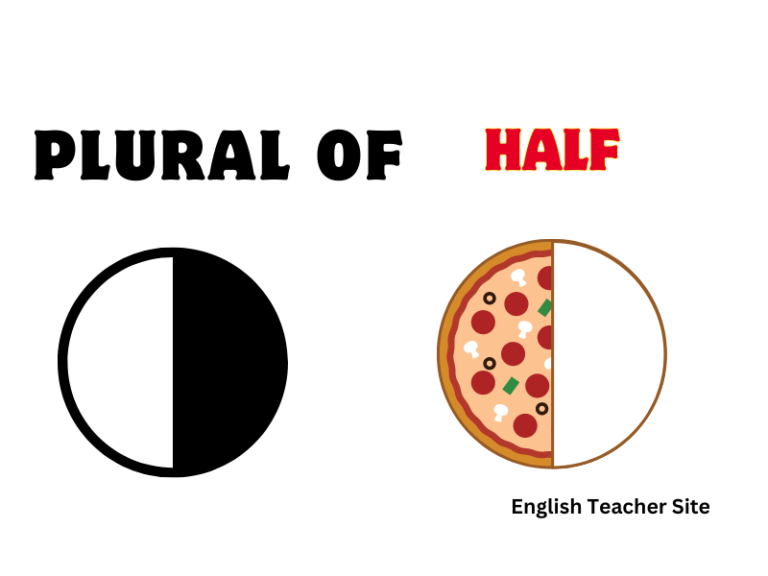What are Plural Only Nouns: Understanding Unpaired English Nouns

- Plural-only nouns always refer to more than one entity and lack a singular form.
- These nouns often describe items that are naturally dual or collective in nature.
- Proper use of singular and plural nouns is essential for accurate English communication.
Distinguishing these nouns from their singular-only counterparts is not just a matter of semantics but a reflection of their inherent characteristics or cultural usage patterns. While plural-only nouns often denote objects with pairs or sets, singular-only nouns represent concepts that are intrinsically indivisible or abstract, such as information or advice. Navigating these subtleties helps in achieving grammatical precision and effective communication.
Understanding Plural Only Nouns
In the landscape of English grammar, plural-only nouns represent a unique category where the terms inherently signify more than one of something, regardless of the quantity involved. They contrast with their singular counterparts in both form and use. This section explores the various facets of plural-only nouns, providing clarity on their identification, usage, and differentiation from other noun types.
Plural-Only Nouns in Sentences
Plural-only nouns, such as scissors or glasses, naturally take a plural form and necessitate the use of plural verbs and pronouns. For instance:
- Scissors are useful for cutting paper.
- Her glasses are on the table.
When referring to a singular quantity, the phrase “a pair of” is used:
- A pair of tongs is necessary for grilling.
Plural-Only vs. Singular-Only Nouns
A comparison between plural-only and singular-only nouns reveals a straightforward distinction: singular-only nouns can only denote one item (child, woman), while plural-only nouns (pants, clothes) do not have a singular form. Here’s a quick overview:
| Plural-Only Nouns | Singular-Only Nouns |
|---|---|
| pants | person |
| earnings | pair |
| scissors | child |
The singular-only nouns are often pluralized by adding -s or -es, whereas plural-only nouns do not change in number.
Plural-Only Nouns vs. Collective Nouns
Plural-only nouns should not be confused with collective nouns. Collective nouns, such as team or flock, refer to a group but are treated as singular, whereas plural-only nouns denote items that are typically made up of two joined parts and are used with plural verbs:
- The team is winning.
- The tweezers are on the shelf.
Commonly Confused Plural Nouns
Various plural forms in English can cause confusion, particularly when transitioning from singular to plural. Below is a table highlighting some common irregular nouns alongside their regular plural-only counterparts:
| Singular Nouns | Plural Nouns (Regular) | Plural-Only Nouns |
|---|---|---|
| man | men | jeans |
| woman | women | stairs |
| tooth | teeth | clothes |
| foot | feet | pants |
Other plural-only nouns, such as premises, surroundings, and thanks, often lead to errors in subject-verb agreement due to their intrinsic plural form. It’s important to note that these nouns always require plural verbs, even when they seem to refer to a single entity or concept.
Common Examples and Exceptions
In the realm of English grammar, certain nouns exist exclusively in their plural form, whereas others can be singular or plural depending on context.
Plural-Only Nouns:
These nouns do not have a singular counterpart and often refer to objects that are made up of two parts or typically used in pairs.
| Plural-Only Noun | Description |
|---|---|
| pants | Clothing item with two leg openings |
| scissors | Cutting instrument with two blades |
| goggles | Protective eyewear with two lenses |
Exceptions:
While many nouns have distinct singular and plural forms, some do not change form at all, representing both single and multiple entities.
| Noun | Singular Use | Plural Use |
|---|---|---|
| sheep | One sheep is grazing. | Many sheep are grazing. |
| species | This species is rare. | Several species are endangered. |
Singular vs. Plural Shift:
A singular noun often becomes plural with the addition of -s or -es, but there are exceptions to this rule.
- A man becomes men.
- A woman turns into women.
- For child, the plural is children.
Other nouns undergo more substantial changes when shifting from the singular to the plural form.
- A single foot transforms into feet.
- One tooth multiplies into a set of teeth.
- The animal mouse gives way to the plural mice.
Invariable Nouns:
A unique subset of nouns remains the same in both singular and plural applications.
- For both one and multiple, series remains unchanged.
- Whether talking about one group or many, species is consistent.
Collective Terms:
Some nouns inherently imply pluralism, though they take a singular verb. Often, these nouns refer to groups or collections.
- Congratulations for achievements.
- Descriptions of outskirts, surroundings, or thanks suggest a multitude within a single term.
My name is Khamis Maiouf. I am the creator of the English Teacher Site, dedicated to providing valuable resources and insights for students around the world. With a passion for education and a commitment to helping students enhance their skills, I aim to make English teaching more effective and enjoyable for both educators and students.






